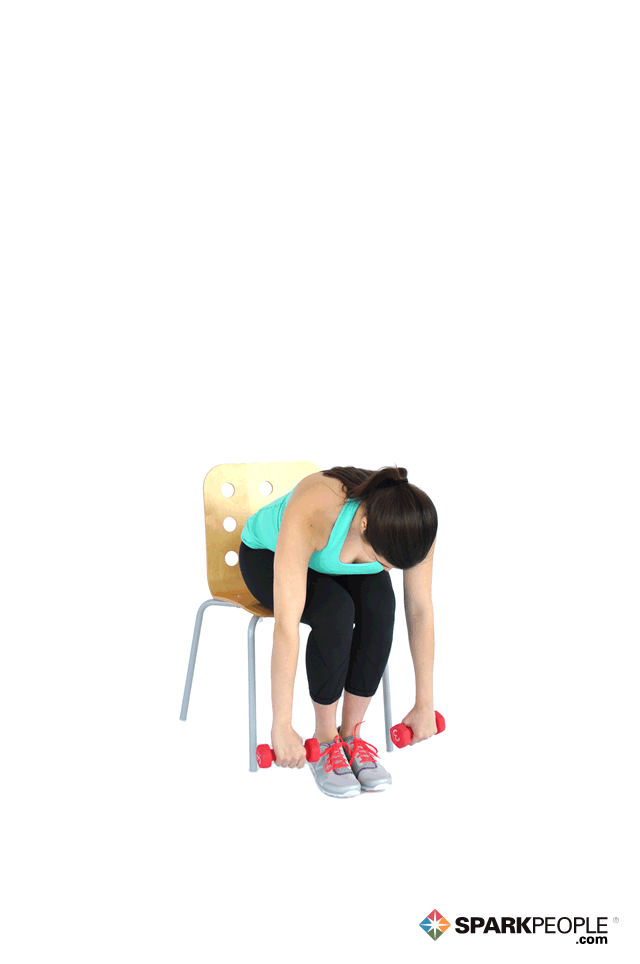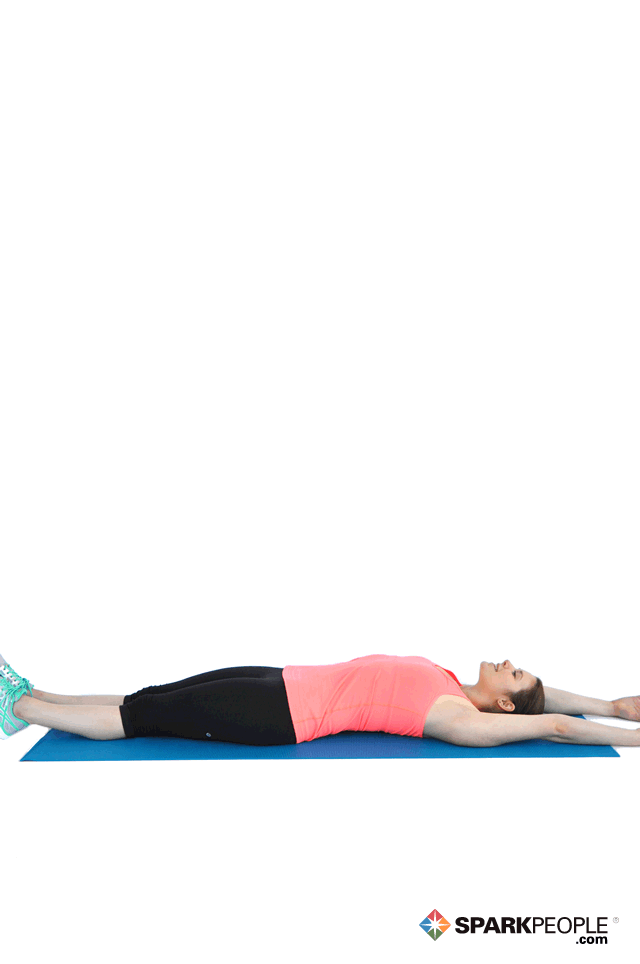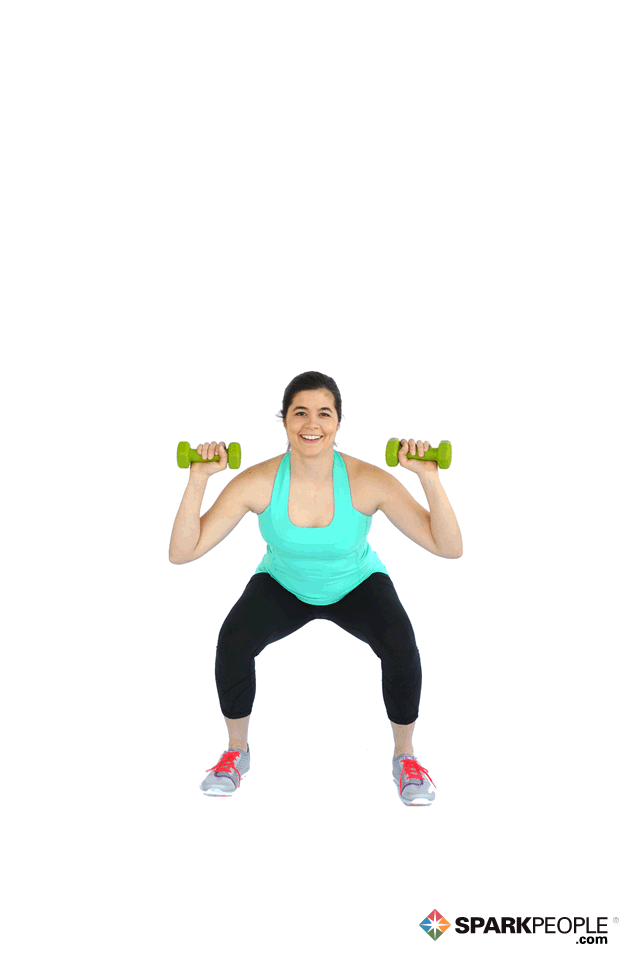|
Pull-ups are one of the most challenging upper-body exercises out there, but that doesn't mean they are only for the elite athlete. While the average person can't perform five in a row with ease, it is possible for anyone to work their way up to that level with the right progression and training. While they might seem intimidating, pull-ups are an effective strength exercise because they work multiple muscle groups at once so it's worth the time and effort to master the simple move. Keep in mind that the terms pull-up and chin-up are often used interchangeably. Using an overhand (palms facing away) grip relies heavily on back strength, which includes the latissimus dorsi and Step One: Strengthen the Targeted MusclesAdd these five exercises to your routine two to three days per week for the next eight weeks. Perform each exercise for one to three sets, eight to 12 repetitions per set. Seated Dumbbell Rows Muscles worked: upper back, biceps, shoulders
Biceps Curls Muscles worked: biceps
Banana Muscles worked:
Lie on the floor with legs together, arms extended overhead and the belly button pulled in toward the spine. Keeping the head between the arms, slowly raise the upper body and legs off the floor to form a gentle curve Dumbbell Squat with Overhead Press Muscles worked: quads, glutes, core, shoulders
Hanging Hold Muscles worked: shoulders, core Begin standing on a box and holding the pull-up bar with an overhand grip. Step off the box and think about pulling the ribs and hips closer together as you hang suspended in the air. Keep the lower back flat and feet slightly out in front of the body. Squeeze the shoulder blades together and hold this position for 20 to 30 seconds, or as long as you can hold with proper form. Repeat two to three times, gradually increasing the duration of the hold or Step Two: Practice Makes PerfectOnce you've perfected the exercises that strengthen your pull-up muscles, it's time for the next challenge: proper form and practice. If you have access to a pull-up bar and someone to help, ask them to hold your legs and give assistance as you lift your body to the top position. As much as possible, try to lower yourself down without help. Always use good form by grabbing the bar at shoulder-width, crossing your feet at the ankles and bending your knees so that your feet are off the ground. Over time, the helper should provide less assistance so that, eventually, you're performing the pull-up completely with your own strength. If you don't have someone to help, you can still gradually progress on your own. Stand on a box at a height that allows you to grab the pull-up bar and take a small jump into the "up" position. Lower yourself down as slowly as possible to help strengthen the muscles needed to eventually pull you up. Try adding one to three sets of either of these exercises to your regular strength routine, in addition to your targeted pull-up strength moves. Start with as many repetitions as you can, slowly building up to eight to 12 in each set. Once you feel comfortable and strong, you'll be ready to tackle the unassisted version! Additional reporting by Nicole Nichols. |












